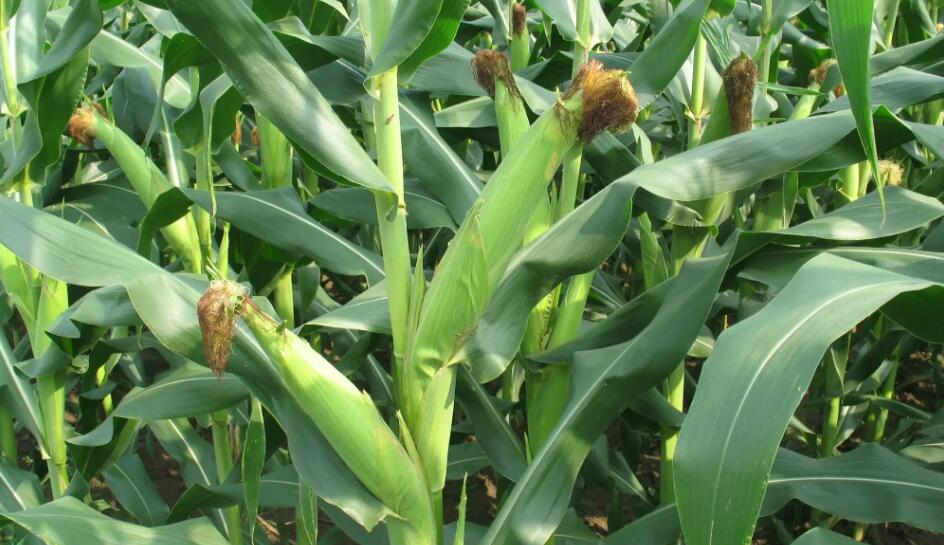LÜ Li-hua, ZHANG Jing-ting, DONG Zhi-qiang, YAO Yan-rong, LIANG Shuang-bo, JIA Xiu-ling
In the current,application of nitrogen (N) and phosphorus (P) fertilizer is unreasonable in crop production,which serious threat to the environment,in order to explore a reasonable measures in applying N and P for the winter wheat and summer maize rotation system in North China Plain,and absorption and utilization status of N and P was analyzed basing on a few years foundation location test of water and nitrogen (phosphorus).In the winter wheat and summer maize rotation system,the split plot design was employed with main plot of water (limiting water and suitable water),sub-plot of nitrogen fertilizer 0+0,60+60,120+120,180+180,240+240 and 300+300 kg/ha respectively,for wheat and maize rotation system,and sub-plot of phosphorus fertilizer 75,150,225 kg/ha respectively for wheat,and three replicates in each sup-plot.The main results showed that N and P absorbing amount in shoot could be increased relying on application of N and P fertilizer,but it could not continue to bring high absorption when excessive application of N and P fertilizer.When annual N application amount reached 240 kg/ha,the higher N in shoot could be achieved,and N application amount reached to 218.7,243.5 kg/ha,which could ensure the nitrogen surplus was zero.When annual P application amount reached 75-150 kg/ha,the demand for P of wheat and maize would be met,but P application amount reached to 49.4,69.9 kg/ha,which could ensure the P surplus was zero.Compared with summer maize,the demand of nitrogen and phosphorus was higher for winter wheat,and which was 1.42,1.23 times respectively.100 kg grain nutrient uptake of wheat were 2.4,2.3 kg for N,and 0.61 kg for P under limiting water and suitable under water.When total nitrogen content were up to 0.102% and 0.097% respectively,and the total phosphorus content were 0.213% and 0.209% respectively under the condition of limited water and suitable water,and the overmeasure of N and P was zero.N and P in shoot were higher when soil moisture content was higher,but absorptive N and P amount per hundred kilograms grain that showed the opposite trend,it explained that better moisture condition can promote the absorption of N and P in plant,but the rate of nutrient uptake rate which was less than the yield increase.For winter wheat and summer maize rotation system,N and P balance would be achieved when N application rates was 218.7-243.5 kg/ha,and P application rates was above 49.4-69.9 kg/ha,respectively.
